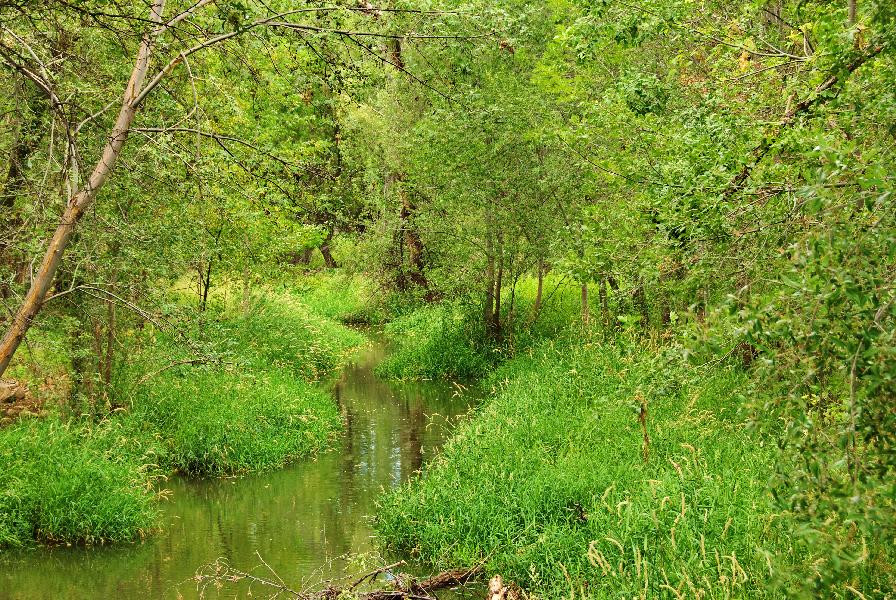
Cajon Bonito in Sonora in August 2011
BORDERLANDS MUSINGS
By Walt Anderson
Four decades ago, I was a grad student in the School of Natural Resources at the University of Arizona in Tucson. Well before Arizona gained its strong reputation as a hotspot for American birding, there was a small community of birders who sought out the neotropical specialties that crossed the border and the eastern vagrants that popped up now and then in desert oases. There were seasoned experts like Gale Monson, whose knowledge of Southwest birds was encyclopedic, and ragtag graduate students like Carroll Littlefield, an expert on Sandhill Cranes, and Ted Parker, later considered by many as the superstar of birders and field ornithologists. There was none of the competitive, obsessive listing that later infected the birding world, a narrow-minded focus on seeing and ticking off species as fast as possible, the interest in each bird satisfied by a mere checkmark. No, these were naturalist birders, keen observers who sought to learn about the entire ecosystems in which birds were a part. Where a bird nested, what it ate, how it migrated or molted—such were the questions that occupied the curiosities of this generation of field biologists.
Whenever possible, we would load up a tank of gas at twenty-some cents per gallon and take off to one of our favorite oases, ostensibly to bird, but even more so to explore wild places and experience the joys of discovery in nature. Often our paths took us through the dusty border town of Douglas, Arizona under the appalling smokestacks of Phelps Dodge, then likely the largest single point-source of pollution in the Southwest, if not America as a whole. Continuing east along teeth-chattering gravel roads, we passed through the “malpai” badlands of rocky hills, creosote bush, ocotillo, and occasional flash-flood-prone desert washes. We’d pass the old ranch of Texas John Slaughter, where we’d stop to glass for whistling ducks, Neotropic Cormorants, Vermilion Flycatchers, and other oasis birds drawn to the artesian springs there (later much of this became the San Bernardino National Wildlife Refuge established primarily to help save native fishes of the Rio Yaqui watershed).
Our final destination lay at the end of the road just into New Mexico right where that state intersects with Arizona and Sonora: a green finger of Mexican riparian woodland, Guadalupe Canyon. We would stop up at the Magoffin ranch house to pay our respects and get their generous permission; then we’d explore the main canyon of large cottonwoods and sycamores and venture up thorny side washes for arid-adapted specialties. At night, we would listen and watch for the Ridgeway’s Whip-poor-will (now called Buff-collared Nightjar), one of the species that barely entered the United States at this point.
We were certainly aware of the proximity of Mexico, but only because we could count birds seen on this side of the weak barbed-wire fence for our U.S. list. At night as we lay in sleeping bags under the canopy of trees and the overarching dome of stars in an unpolluted sky, we might awaken to the footsteps and breathing of men, usually alone or with one companion, heading north to work, seeking employment opportunities that were unavailable south of the border. We might meet them at dusk or in early morning, where a polite exchange of “Buenos Dias” or “Hola” along with shy smiles would be the extent of our interchange. Continue reading →






